Search results: 1295
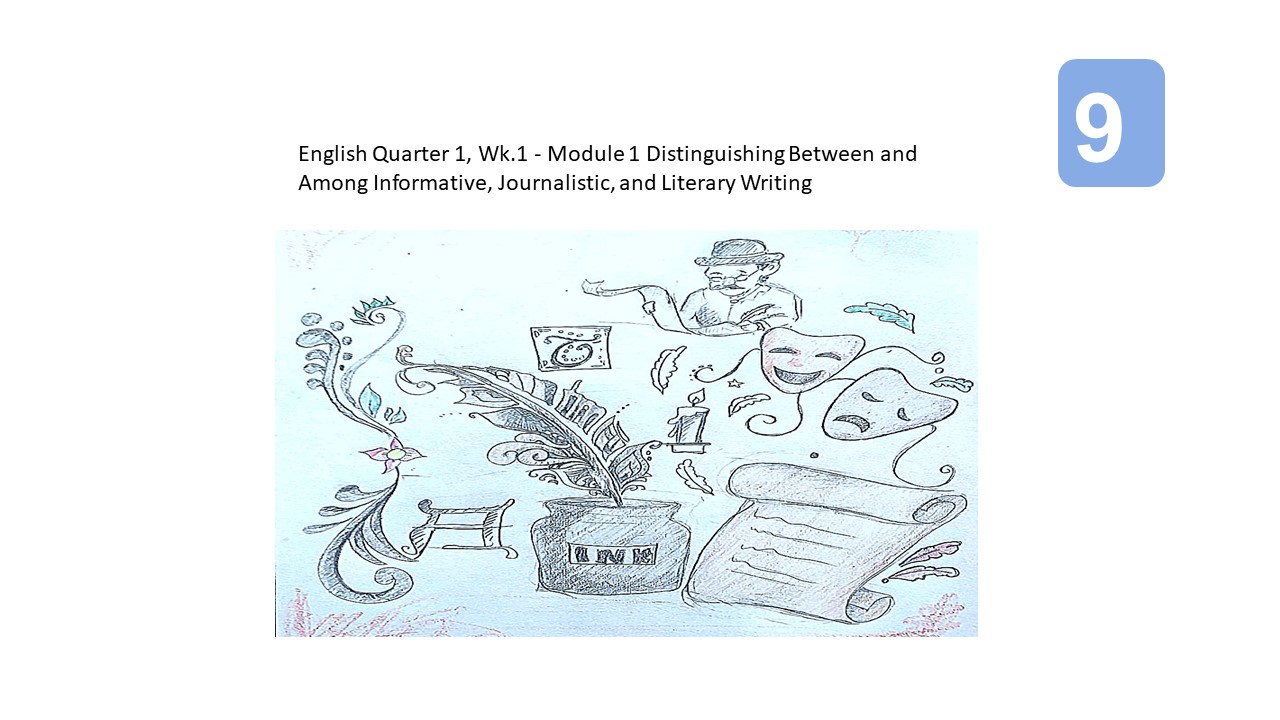
305123-GRADE 9- STE- ENGLISH
ENGLISH 9 FOR PRACTICE ONLY TO BE RE-UPLOAD
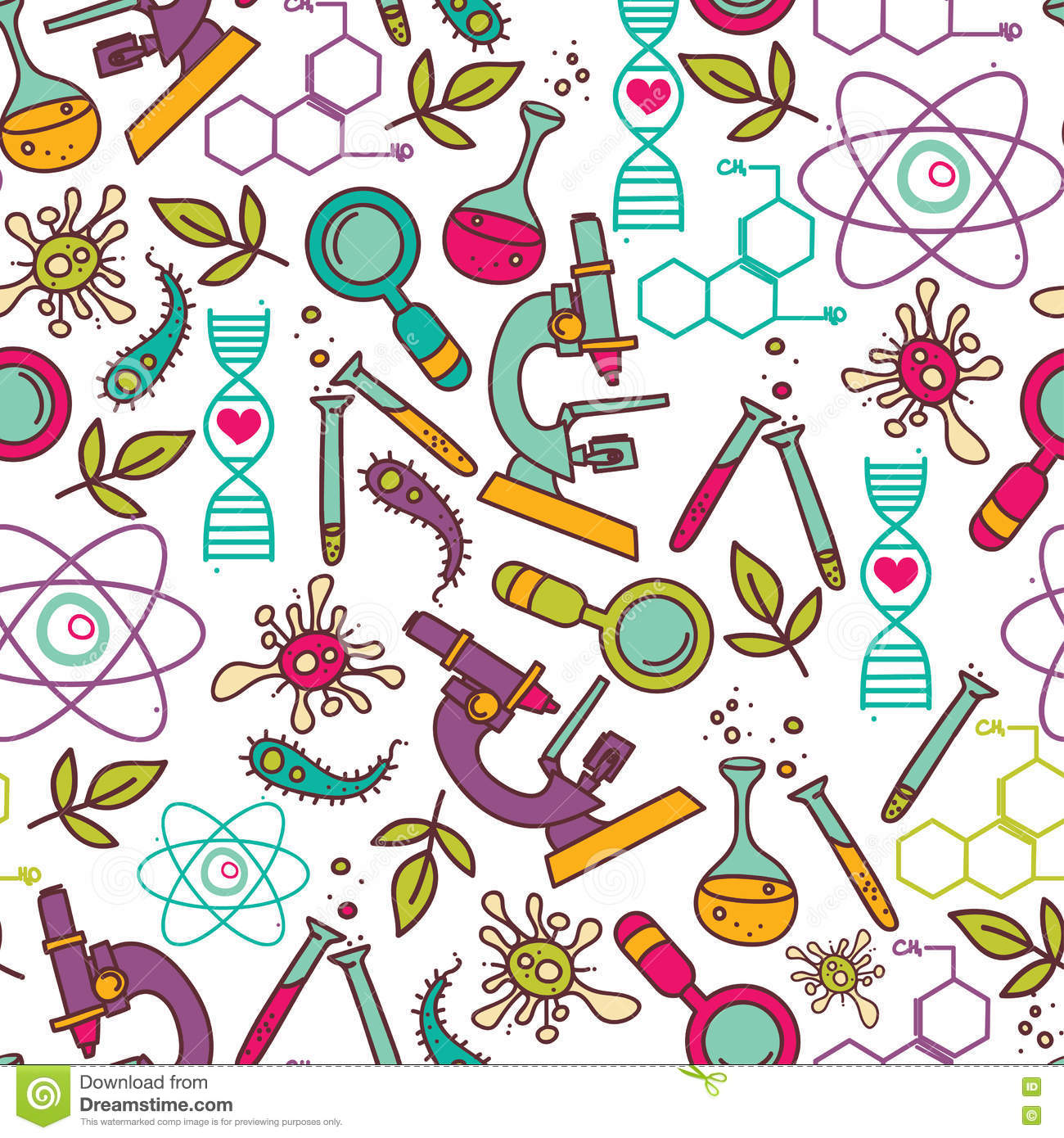
305123-Grade 9-STE-SCIENCE
Our bodies are like complex machines and depend on many different body systems in order to function properly. In this module, you will explore each important aspect of two key body systems: the respiratory and circulatory systems. Beginning with the respiratory system, you will understand the complex parts involved in the process of breathing, from our major air-intake passageway, the nose, to the smallest spaces of the lungs, called alveoli, where a vital exchange of oxygen and carbon dioxide occurs. It is here that the respiratory and circulatory systems meet. In this section of the module, you will learn about the anatomy of the heart and how it works, the structure and function of various blood vessels, the cellular components of blood and their purposes, as well as what blood pressure is and what it reveals. As this concludes, you will examine the link between these two amazing body systems, and understand the importance of maintaining them through exercise and a healthy diet.
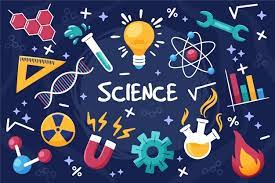
305127-GRADE 8 - SCIENCE -GLINAH DEPOLLO
Welcome to the next level of your module in Science 8 first quarter. In this material you will boost your knowledge about work. You will encounter here the definition of work in the field of science, units and how to calculate work.
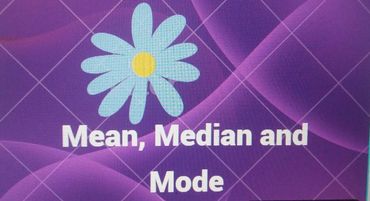
305138_Loo National High School_Mathematics_Grade 7_Quarter 4_Module 5_Measures of Central Tendency(Ungrouped Data)
This is all about Measures of Central tendency for ungrouped data.
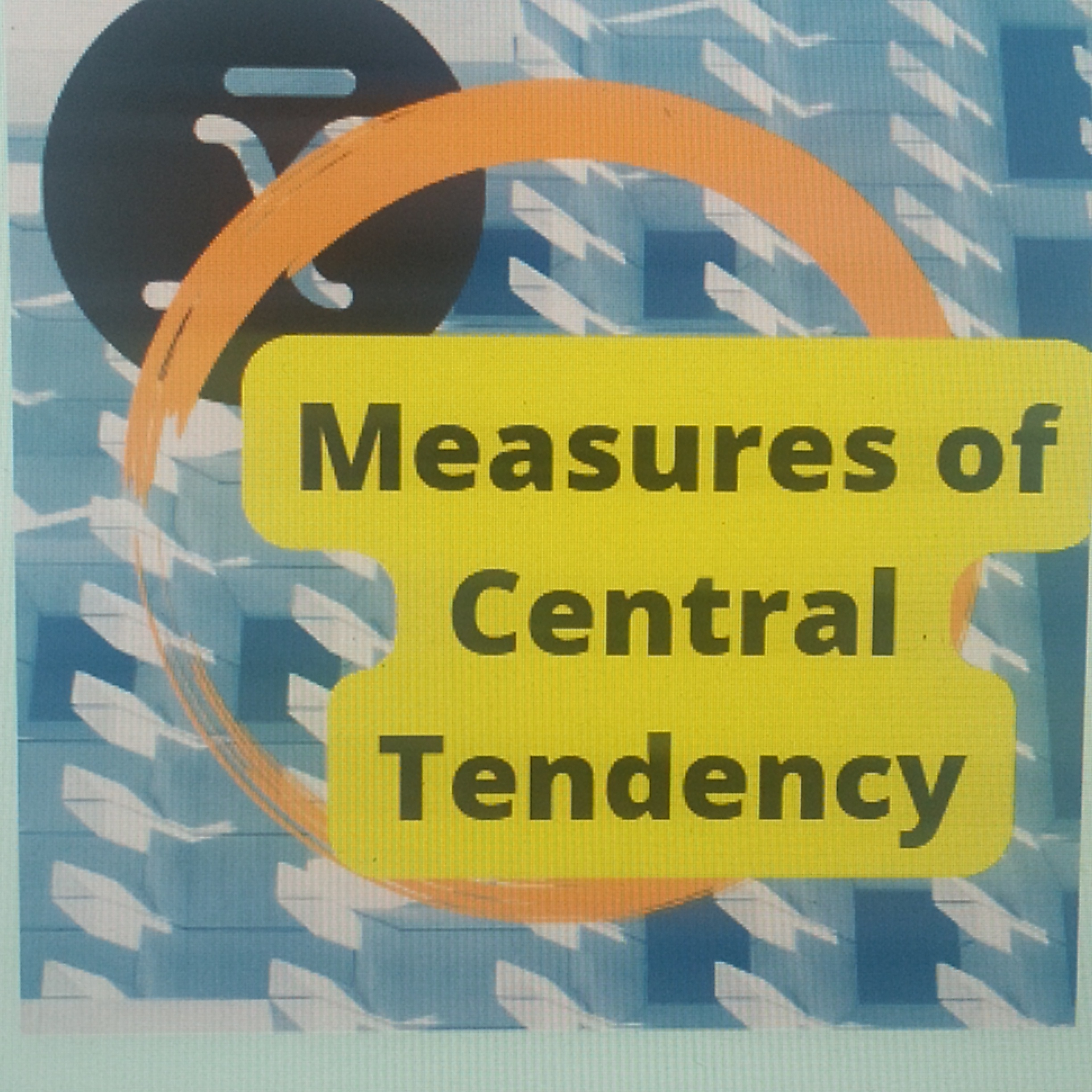
305138_Loo National High School_Mathematics_Grade 7_Quarter 4_Module 5_Measures of Central Tendency(Ungrouped Data)
This material is written to illustrates the measures of central tendency (mean, median, and mode) of a statistical data (M7SPIVf-1) and calculates the measures of central tendency of ungrouped data (M7SPIVf-g-1).
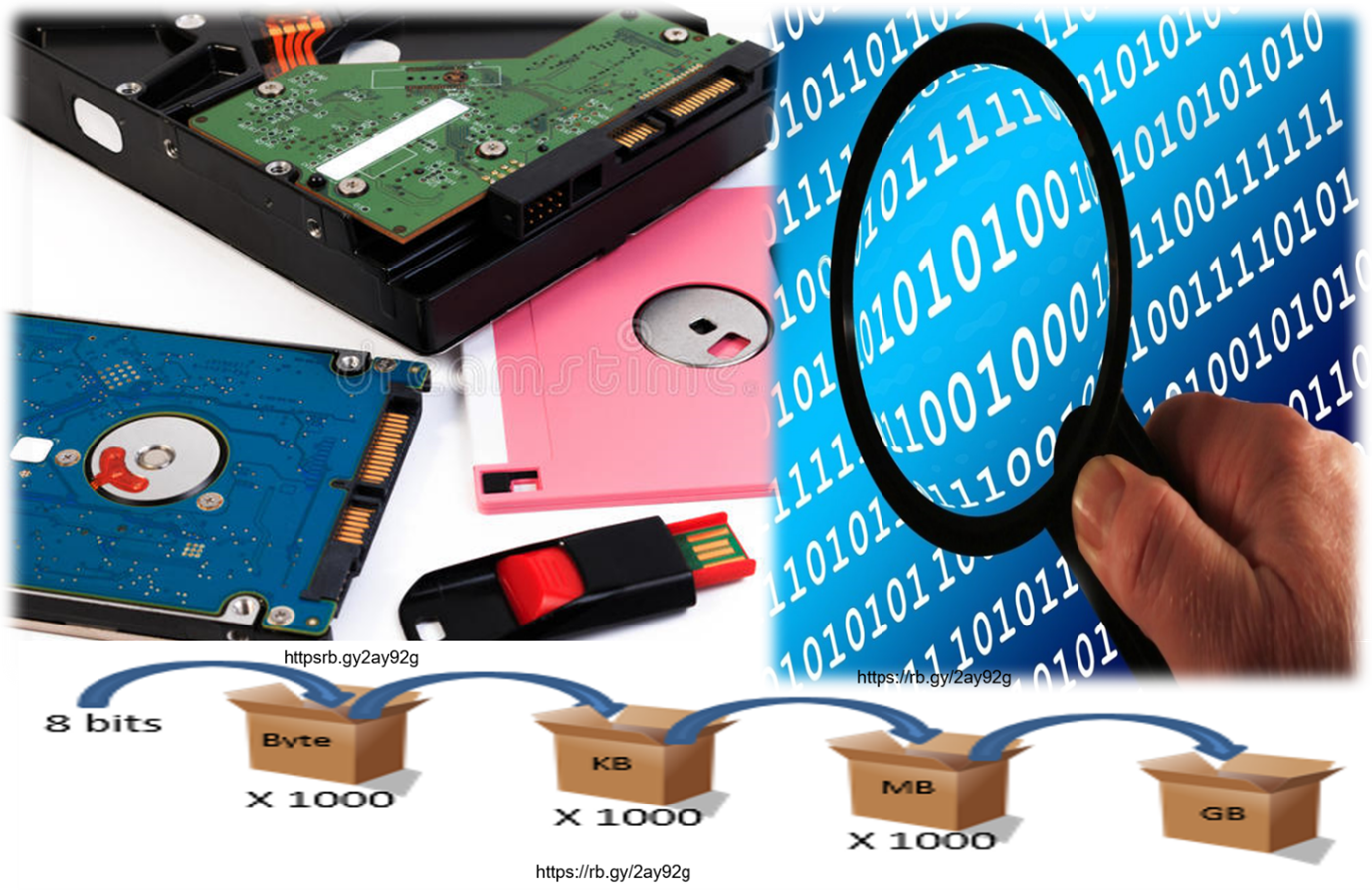
305230_Bacarri National Trade-Agricultural School-Main_ICT-CSS9_Quarter 2_Module 1: Select Measuring Instruments
This module contains topic and activities on Select Measuring
Instruments to be used by the Grade 9 Technical Vocational Livelihood students
under ICT-CSS track for the 2nd Quarter, Week 1.
After accomplishing this module, you must be able to:
Ø Identify object/s or component to be measured
Ø Obtain correct specifications from relevant source
Ø Select measuring tools in line with job requirements
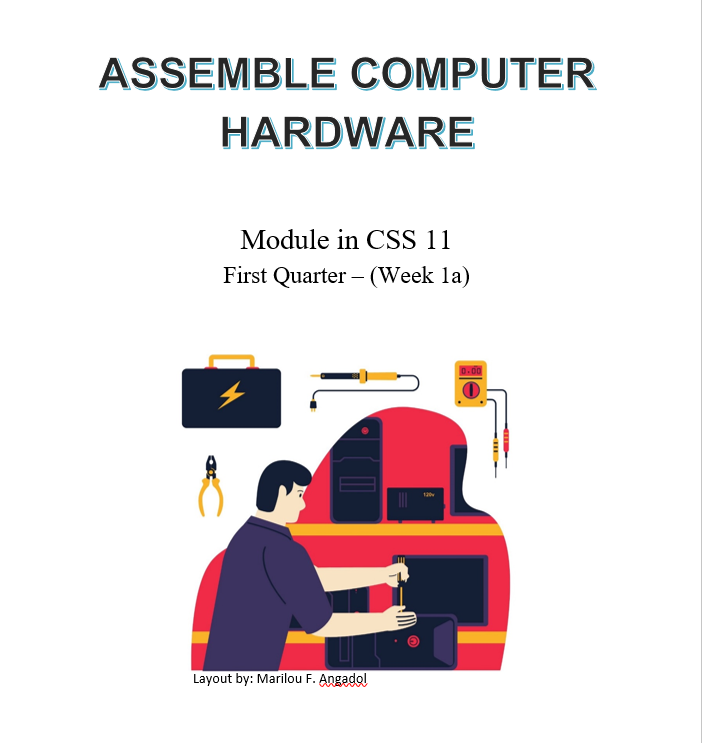
305267_Tadian School of Arts and Trades_TVL-ICT-CSS_Grade 11_Quarter 1_Module 1:Assemble COmputer Hardware
This module was designed with you in mind. It is here to help you gain knowledge and skill in one of the core competency of the course Computer Systems Servicing, specifically, assembling a computer. The lessons were arranged to follow the standard sequence of the course. However, the order in which you read them can be changed to corresponds with the textbook or other learning material you are using now.
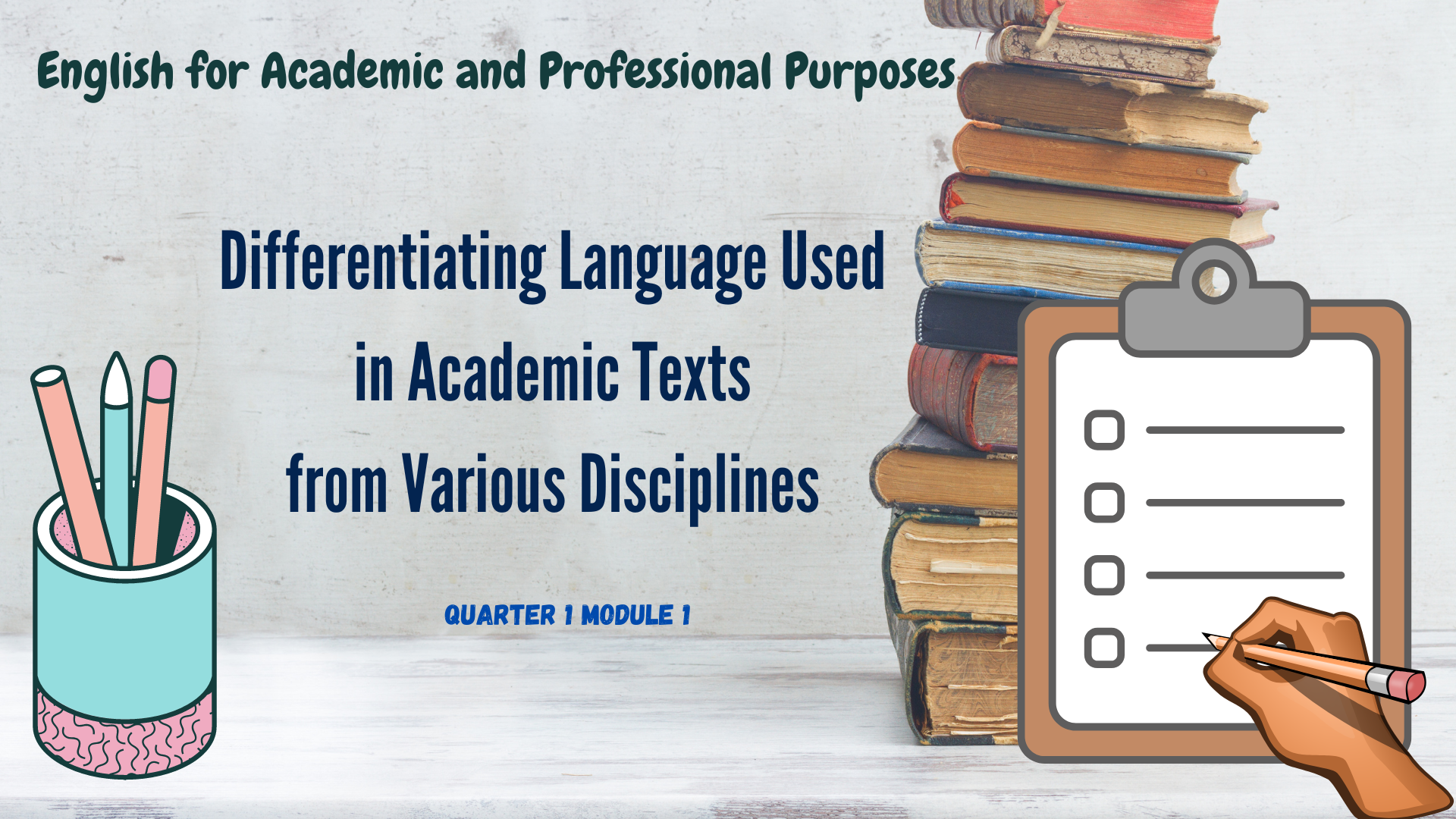
305269-Baguio City National High School-EAPP-Grade12-Quarter 1-Module 1:Academic Texts
This lesson revolves around “Academic Texts.” You will be informed about their nature, their characteristics, purpose, structure and differences with other kinds of texts. You will be immersed with academic texts that speak of direct and impersonal information. Unlike in literature where you can include personal experiences and viewpoints, academic texts lead you to objective, complex and formal way of presenting facts. Your committed concentration in reading the inputs is greatly required so you will be able to understand the lesson and get the correct responses in the different activities and assessments lined up.
Module Developed by: JEANILYN M. COLAL
Redeveloped for DepEd LMS by DIONA A. PALAYEN
305272 - Grade 10 Amethyst 2nd Quarter
Adviser: Bearence Yangyang

